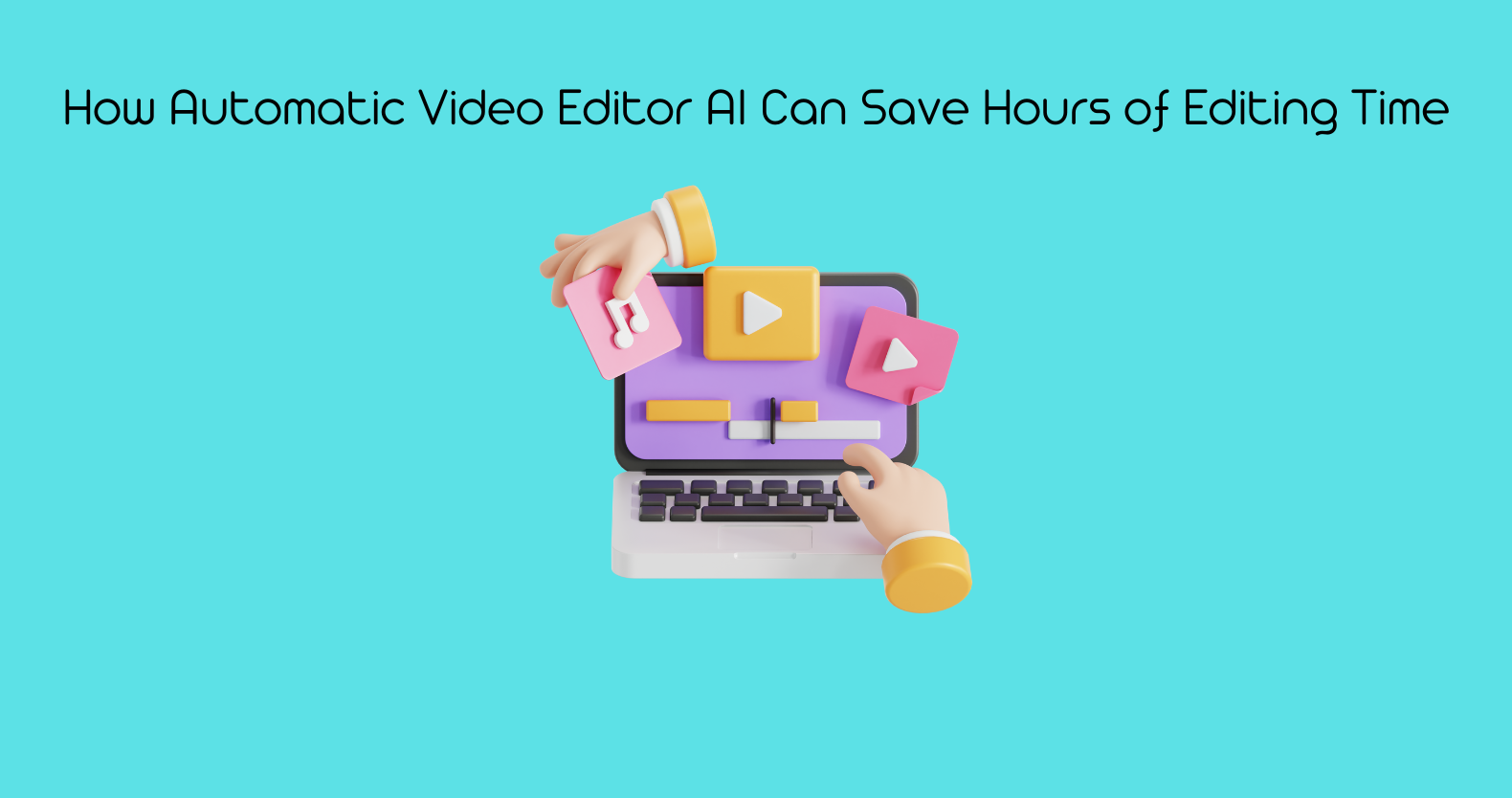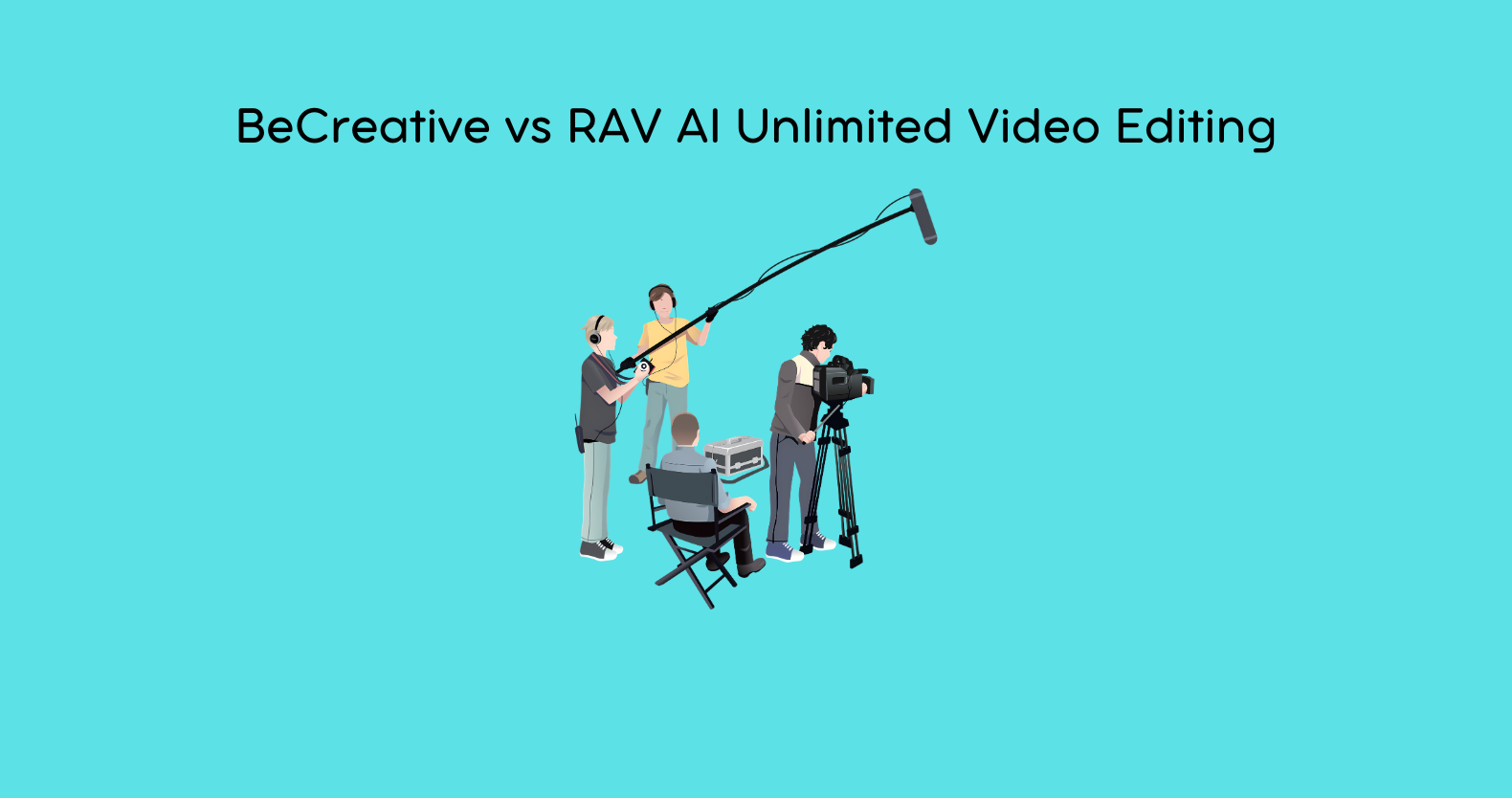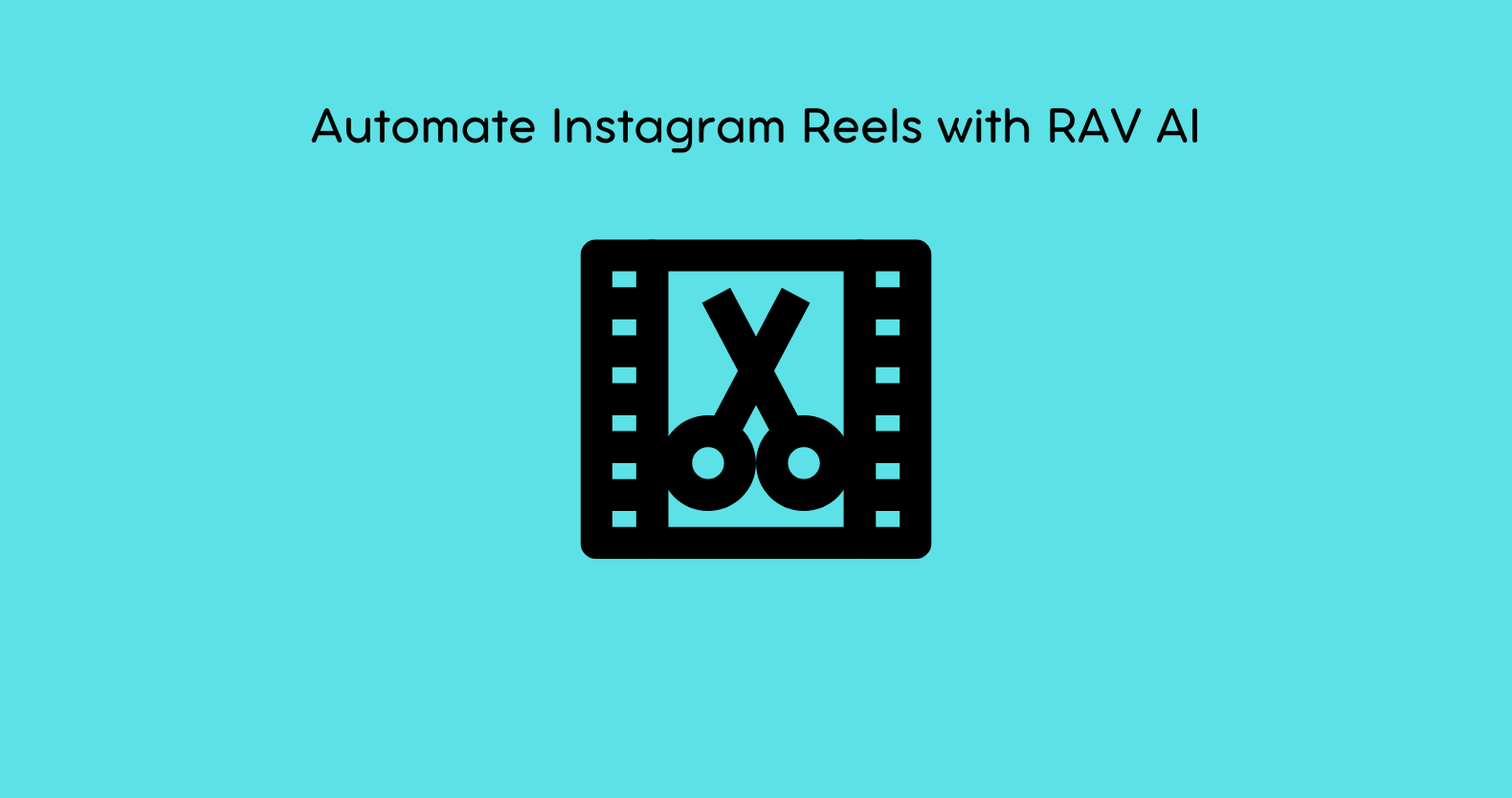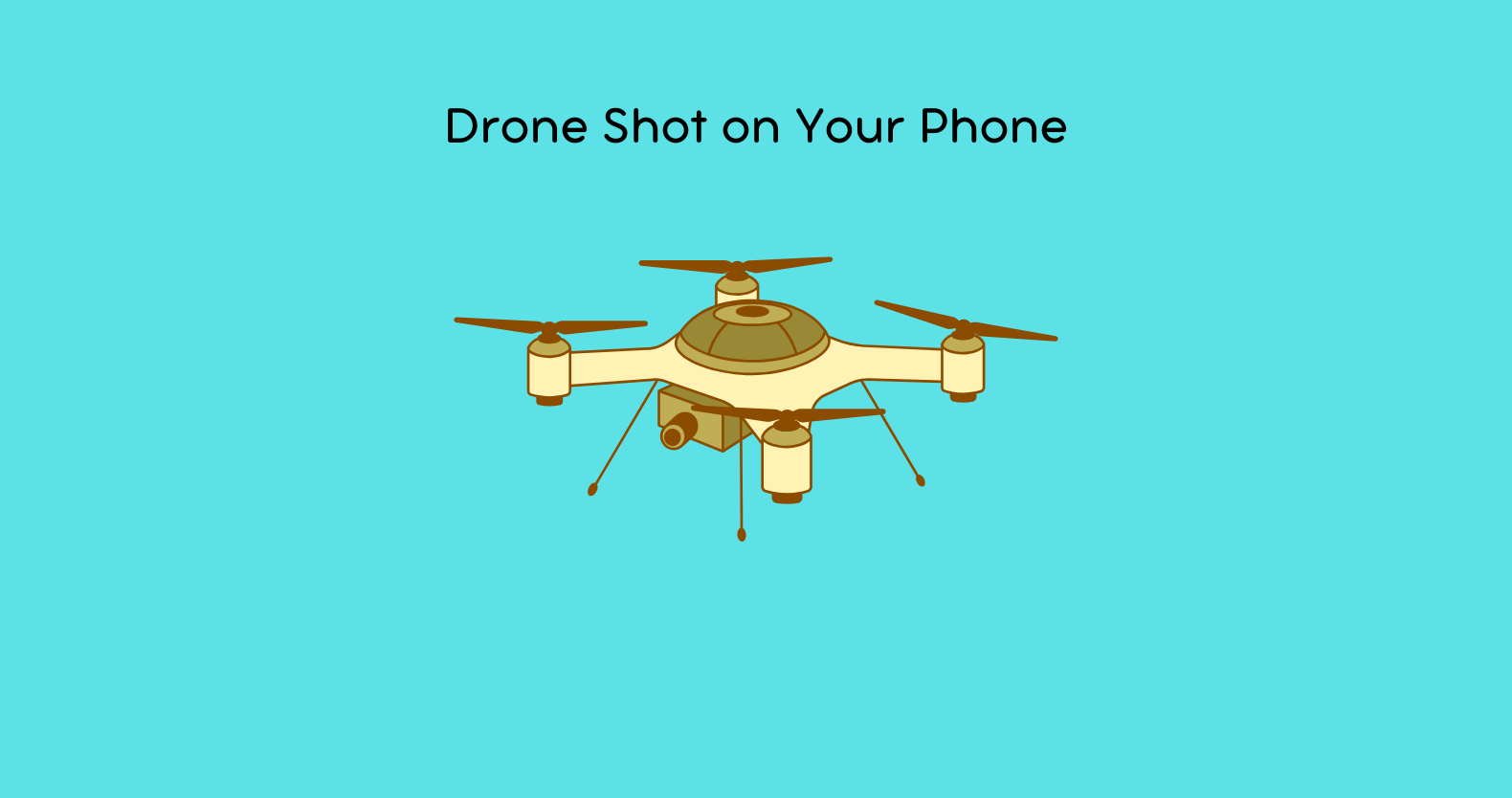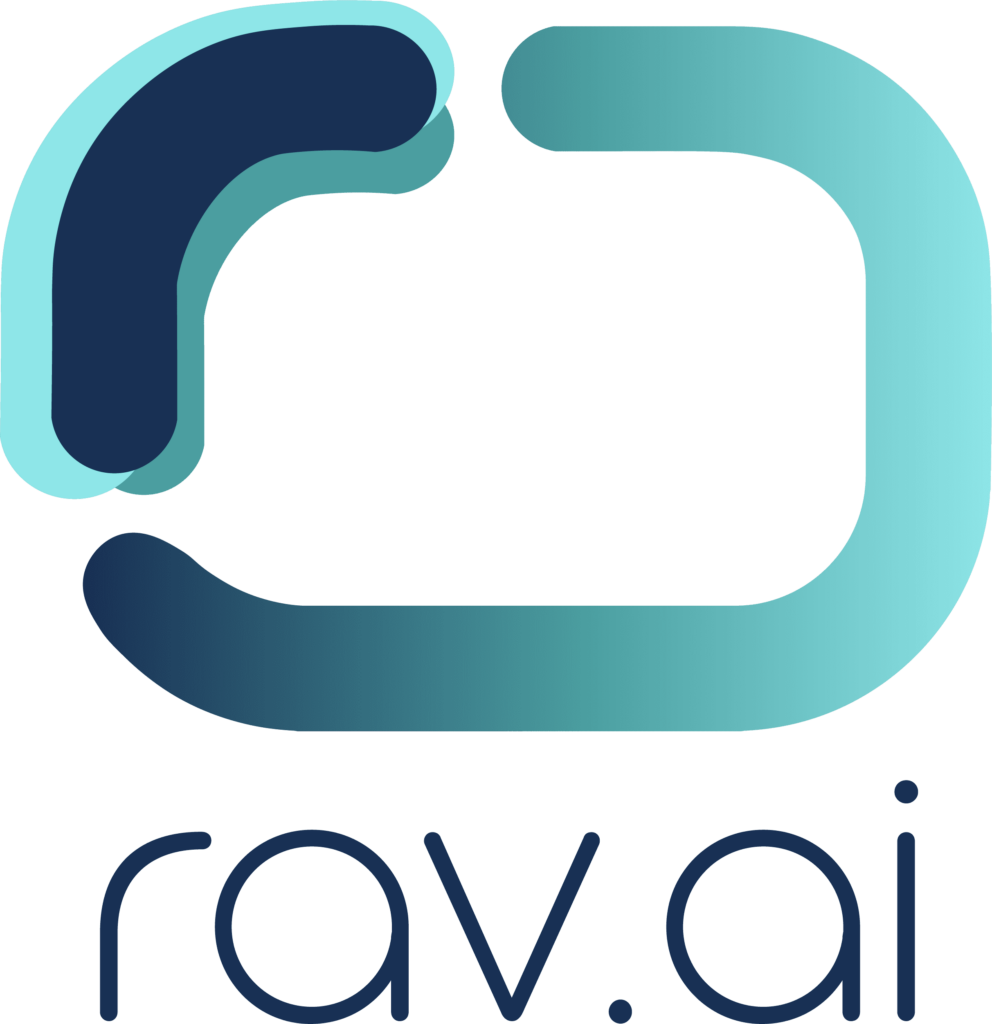Video editing is one of the most critical stages in information sharing and content generation. To a beginner or a novice in YouTube, video production, any business marketer, or even a professional filmmaker, it is often the most exhaustive, complex, and time-consuming activity during the shooting process.
Traditional editing has always been an activity that involves the manipulation of information, often by hand, and knowledge and talent. However, a debate has emerged with the rise of artificial intelligence (AI) tools: “Is the old-fashioned traditional way of manual video editing, or should you start incorporating the beautiful world of automatic video editing AI into your routine?”
Here at RAV, we always look for ways to make video creation accessible and faster for creators. In this blog, we will expand on automatic and manual video editing to help you understand the benefits and drawbacks of each option so you can come up with the right choice in the right video editing style for you.
What Is Manual Video Editing?
Surgical video editing is the conventional technique in which the editors crop, slice, adjust, and fine-tune the videos’ contents from scratch. This process uses programs such as Adobe Premiere Pro, Final Cut Pro, and DaVinci Resolve and is a highly skilled and knowledgeable process that entails editing competencies.
Manual video editing typically involves:
- Footage Review and Selection: Area of viewing all the recorded materials and selecting the most appropriate and fitting scenes for the final composition.
- Trimming and Cutting: Usually, it involves cutting out unnecessary scenes, fluffs, or dead air that may have been recorded during the shooting.
- Adding Transitions and Effects: Custom transitions, effects, and enhancements are applied to the video.
- Audio Synchronization: Sound mixing can involve equalization, dubbing or voicing, recording of music and tone, and leveling of sound frequencies.
- Color Grading and Correction: Sharpen the colors, contrast, and brightness to improve the visibility and attractiveness of the video.
- Final Exporting: Encoding the video in the correct format suitable for the platform on which the video will be posted.
This method gives editors all-round autonomy over all aspects of the video so that whatever they achieve is precisely what they want.
What Is Meant By Automatic Video Editing?
Automatic video editing is a recent development that requires AI and machine learning to perform most of the editing. Video post-production and editing through artificial intelligence can digitally analyze raw data, cut and trim shots, sync sound, and even add effects at the user’s behest.
Critical features of automatic video editing include:
- Smart Cutting and Trimming: The AI also determines and trims the correct clips, erases unwanted content, and organizes the footage logically.
- Audio Synchronization: It is a feature in AI that helps identify or match audio with video for easy dubbing of voices, music, or even effects.
- Auto-Transitions and Effects: They consist of engines by which AI computes appropriate transitions and effects based on the content and speed of the video.
- Automatic Color Grading: AI fine-tunes the colors and lighting of the video and the visuals to provide a professional feel to the video.
- Subtitle Generation: AI can admit words and sounds and convert them to subtitles or captions for your video.
Despite Temporo-Spatial Video Analysis and Segmentation and other similar services being very valuable and intuitive services helping the user to edit the entire video in several minutes or even less, Automatic Video Editing has its drawbacks compared to Manual editing, with the primary one being the lesser amount of creative control the user has over the video.
Comparison Of Automated And Manual Video Editing
After analyzing the two types of video editing, let us discuss and contrast their suitability in terms of time, effort, creativity, and cost-effectiveness.
Time Efficiency
Time is one of the main benefits, and automatic video editing saves many hours. As a result, manual editing, even a short video, can take several hours for a creator without experience working with complex nonlinear editing software. With manual editing, you have to sit down in front of the video, choose what takes are good, cut out frames, add transitions, and adjust sound and color, and that will take hours, if not days, if the footage is extended.
However, it is worth pointing out that many of these tasks can be accomplished through AI software in much less time. Other advantages of working with raw videos include immediate analysis of the recorded material, choice of the most appropriate fragments, and setting the proper parameters within a few minutes. This makes it easier for creators to spend a lot of time in creative chases of the video rather than doing things they might not enjoy, such as editing.
For instance, a YouTube vlogger appears to record several hours of video to produce a single video. However, it will then spend an additional twenty-four hours getting it to its most excellent parts. Automatic editing can also help the AI determine which part of the video is most enjoyable by analyzing the footage and reducing time spent watching the videos by more than fifty percent.
Control And Customization
An area where manual video editing performs in a different league is creativity. In a traditional editing system, you are solely in charge of controlling every aspect of the program. At the same time, for many viewers, manual editing simply provides the ability to move the cuts in a certain way, enter more non-standard transitions, or apply a very definite color correction.
As for fully automatic video editors, such tools work according to certain recognized models; thus, you cannot consistently achieve the desired effect and style. Although basic editing utilizing AI can be as effective, the software does not possess the adaptive and subtle approaches human editors can deliver. Likewise, an AI tool may select a transition that is not suitable for the general tone or dynamics of the video that is being made, or an AI tool may not efficiently manage specific complicated live feeds, as can be done by a professional video editor.
However, as we have seen, mid- and end-level AI tools are getting smarter and more flexible, with more and better built-in options and learning capabilities for users. But, as these tools advance, the level of leveraging creativity for outcomes might be enhanced; however, manual editing is far better if the client wants to achieve highly creative and detailed results.
Ease of Use
Manual video editing can only be done with much understanding of the job. Even simple operations such as cutting and trimming may be challenging for a new worker. Learning how to apply various tools within well-known industry editing programs, such as Adobe Premiere or Final Cut, can take months. Also, a manual editor must be familiar with audio editing and color grading and add fantastical sequences to the video.
On the other hand, automatic video editors tend not to be built with complexity in mind in the first place. Most of the applications that use AI technology are very easy to use, and all one has to do is upload the raw content they want to be edited and get a finished product after a few clicks. AI can assist in creating videos from scratch that don’t seem like they were edited by a rookie in the first place.
Although essential words and terms are easily input into automatic editors, they are not as accurate as the standard for intricate projects. However, automatic video editing comes in very handy, especially if you are looking for content that can be quickly created or if you are a new creator.
Cost And Resources
As noted above, manual video editing can be costly, especially for business people or producers who source an editor. Furthermore, applications for video editing, such as Adobe Premiere Pro or Final Cut Pro, require a considerable amount of money in terms of license fees and computation (powerful computers). Editors also need plenty of time and experience to achieve the most desirable result, which is vital.
On the other hand, Automatic video editing tools are cheaper and can be easily availed within a short time. Most AI-based video-editing tools are based on the subscription principle, and for content producers, it is more beneficial. Also, AI editing software is usually far quicker than its human counterparts. It is ideal for independent creators who wish to create many videos quickly and on a strict budget.
Consistency And Quality
It is equally possible to achieve great results manually and using a software program. However, the quality of the finished product is likely to vary between the results of an individual editor or a software program. While a professional manual editor can do marvelous things with the desired effect, the [mobile] application may help perform all the operations simultaneously and as quickly as possible.
Conclusion
Whether automatic or manual video editing is available varies depending on the situation, nature of the project, and experience. When it comes to creating content quickly, but on a small scale, automatic video editors are thus a blessing because they will save much time and energy while producing excellent quality videos. They are ideal for the channel that delivers content in a limited time or for social media videos and any other event that requires producing numerous videos in a limited time.
However, people who believe they can get complete control of the process if it is completely tailored and accurate should stick with manual video editing. This is particularly suitable for movie makers, commercial content producers, and organizations needing to fine-tune their videos.
At RAV.AI, we believe in the concept of both approaches. The trick is to keep it to moderation and use the most effective methods for the task: It could be the AI-based tool for quick and fast results, while there is always the manual way for more creative control.

